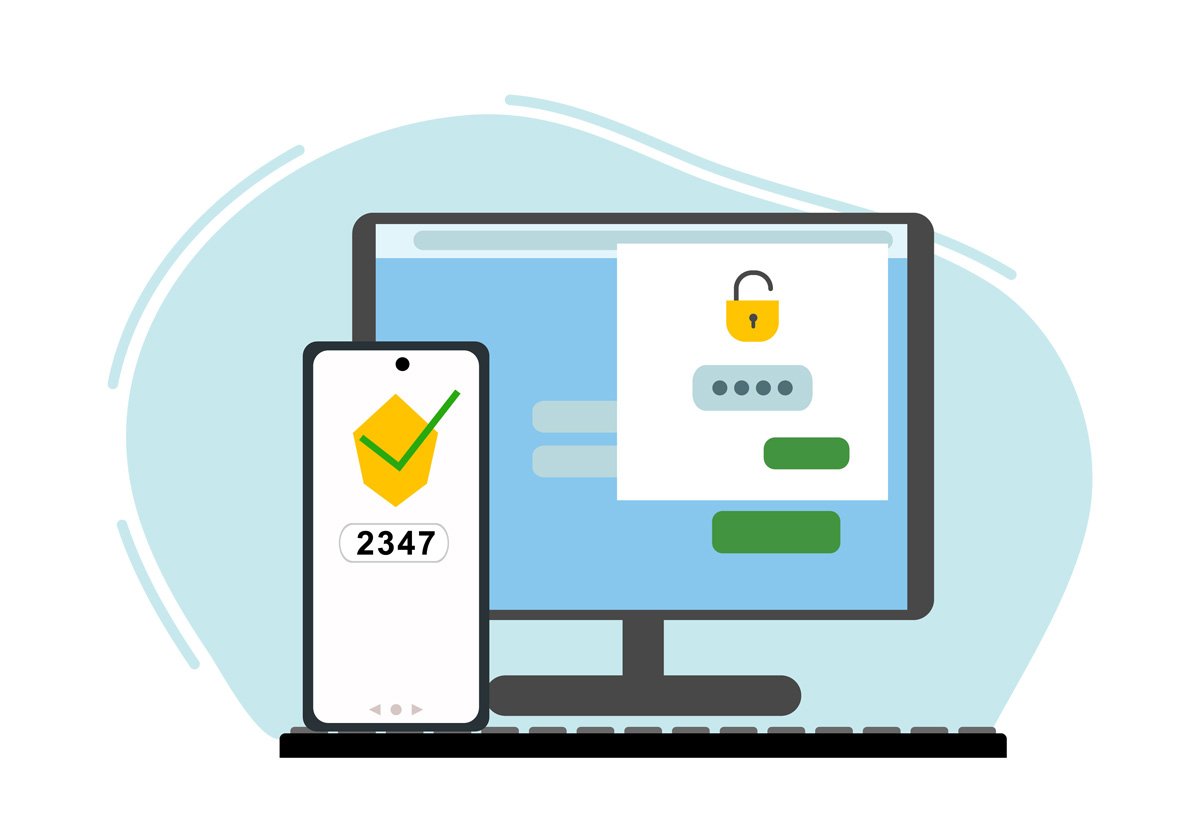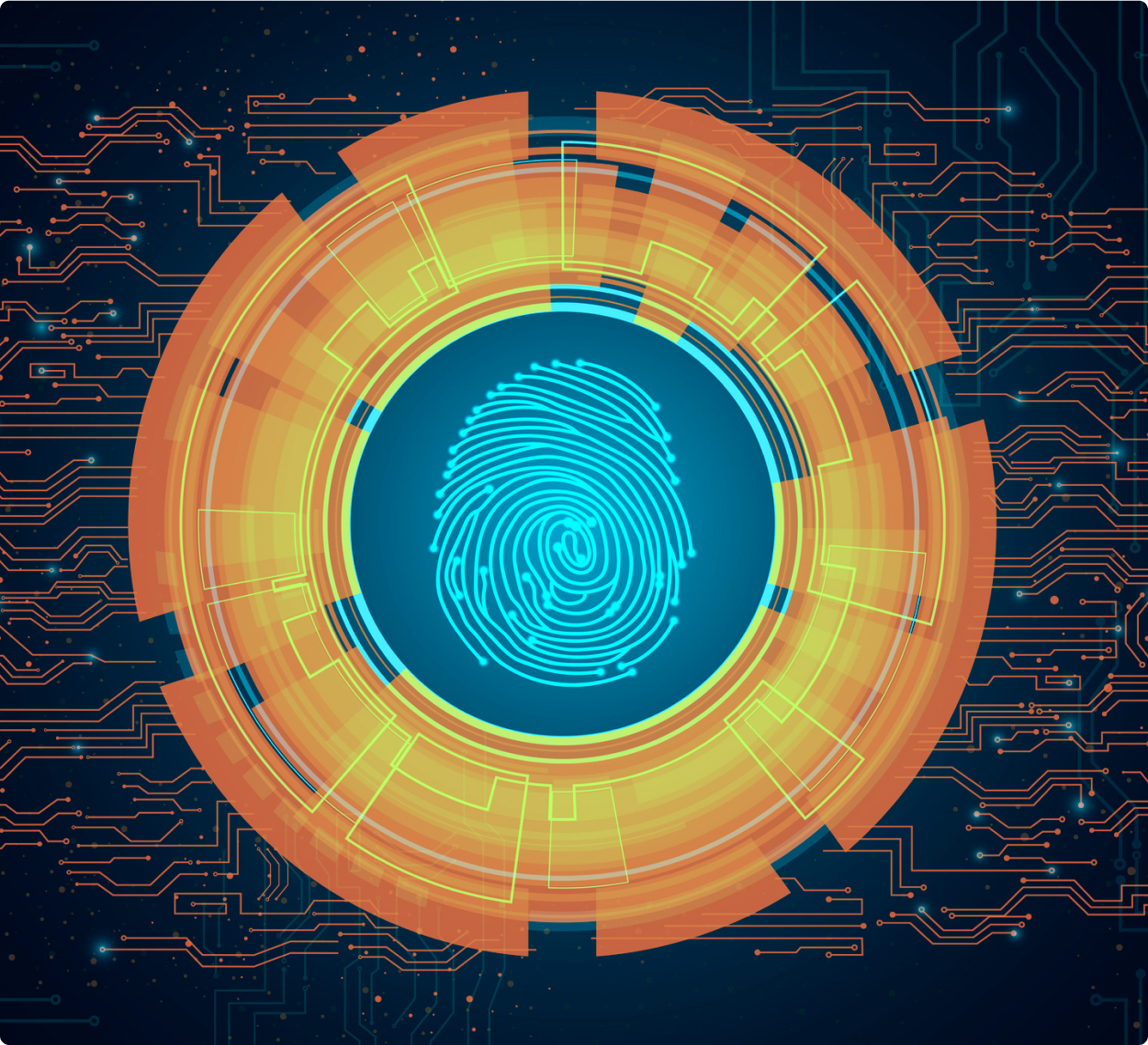

Achieving CMMC Readiness with Smart Authentication
The Cybersecurity Maturity Model Certification (CMMC) is a new cybersecurity certification program that will be required for all Department of Defense (DoD) contractors. The CMMC combines elements from existing standards, such as the National Institute of Standards and Technology’s (NIST) Framework for Improving Critical Infrastructure Cybersecurity, to create a tiered approach to cybersecurity that is adaptable to the specific needs of different contractors.
The CMMC has three levels of maturity – down from five in the initial framework – each with its own set of cybersecurity requirements. Contractors will be required to achieve a certain level of maturity in order to bid on or work on DoD contracts.
What are the Benefits of CMMC?
The CMMC will help the DoD protect sensitive information from cyber threats by requiring contractors to implement best practices for cybersecurity. The certification will also give contractors a competitive edge, as it will demonstrate to potential customers that they are serious about protecting their data.
In addition, the CMMC will help the DoD improve its own cybersecurity posture by identifying weaknesses in contractor systems. By working with contractors to address these weaknesses, the DoD can improve its own cybersecurity posture.
How to Achieve CMMC Readiness with Smart Authentication
One of the best ways to prepare for the CMMC is to implement smart authentication. Smart authentication is an advanced form of two-factor authentication that uses multiple factors to authenticate a user’s identity.
Smart authentication can be used to protect sensitive data at all levels of the CMMC. In addition, smart authentication can be used to meet other requirements, such as those for identity and access management.
The Benefits of Multi-Factor Authentication for CMMC Readiness
Multi-factor authentication is an important part of any CMMC compliance strategy. By using multiple factors to authenticate a user’s identity, businesses can make it much more difficult for cybercriminals to gain access to sensitive data.
In addition, multi-factor authentication can provide a number of other benefits, such as:
-
Reduced risk of cyberattacks. By making it more difficult for cybercriminals to gain access to sensitive data, businesses can reduce the risk of a successful cyberattack. Cybersecurity attacks are growing in speed and quantity every day, but most of them want to go after systems that are already vulnerable.
-
Improved compliance. Multi-factor authentication can help businesses meet a number of different compliance requirements, such as those for the CMMC. But CMMC isn’t the only compliance body out there; there is a multitude of other compliance issues, such as HIPAA, that can be improved on through MFA.
-
Greater user satisfaction. Users are often more satisfied with systems that use multi-factor authentication, as they can be confident that their data is better protected.
Multi-factor authentication makes it easier for companies to achieve CMMC compliance by meeting the same security requirements as the CMMC maturation model.
How to Implement Multi-Factor Authentication
There are a number of different ways to implement multi-factor authentication, and the best approach will vary depending on the needs of your business.
Some common methods of implementing multi-factor authentication include:
-
Using a hardware token. Hardware tokens are physical devices that are used to generate one-time codes. These codes can then be used to authenticate a user’s identity.
-
Using a software token. Software tokens are apps that generate one-time codes. These codes can be used in lieu of a hardware token.
-
Using a biometric factor. Biometric factors, such as fingerprint scanners or iris scanners, can be used to authenticate a user’s identity.
-
Using a mix of the above. Some multi-factor authentication systems will actually use multiple solutions, such as a biometric factor in addition to a software token.
Regardless of the method you choose, it’s important to ensure that your multi-factor authentication solution is compatible with the systems you’re using and that it’s compatible with your employees and their processes. Today, multi-factor authentication systems can get quite complex, often using meta-data from the employee (such as where they are) rather than just the information provided.
Prepare for CMMC with MFA
CMMC certification doesn’t have to be achieved this year. But organizations can prepare for their CMMC certification with a multi-factor authentication system. MFA is an important part of a solid security posture and it’s something that the DoD recognizes as being a critical control. Throughout the tiers of the CMMC, there are dozens of controls that have to be established over data and data management.
Organizations can use MFA to not only improve their security posture, but also to begin meeting some of the requirements that will be necessary for CMMC certification. But it can be difficult to adopt a new security system. The right technology can help.
Advanced Technology for CMMC and MFA
Hardware tokens, software tokens, and biometrics are all viable methods for implementing MFA. But the best method for your organization depends on your specific needs. A company that relies heavily on mobile devices, for example, might find that a software token is the best solution. Alternatively, a company with highly sensitive data might opt for a biometric factor.
Additionally, there are a number of different vendors that offer MFA solutions, so it’s important to do your research and choose the one that’s right for you. The right security vendor will be communicative and provide state-of-the-art next-gen security technology.
Both achieving CMMC and adopting comprehensive MFA can be a challenge for any organization. Organizations don’t have limitless time to manage their operations. They need to allocate time equally to security, productivity, and generating revenue.
But MFA and sign-on utilities such as Axiad help organizations integrate MFA procedures and passwordless options without having to develop them, monitor them, or maintain them on their own.
If your organization is currently trying to achieve CMMC compliance, Axiad can help. Work with Axiad today to analyze your CMMC readiness and determine whether smart authentication services may be the right choice for you.






